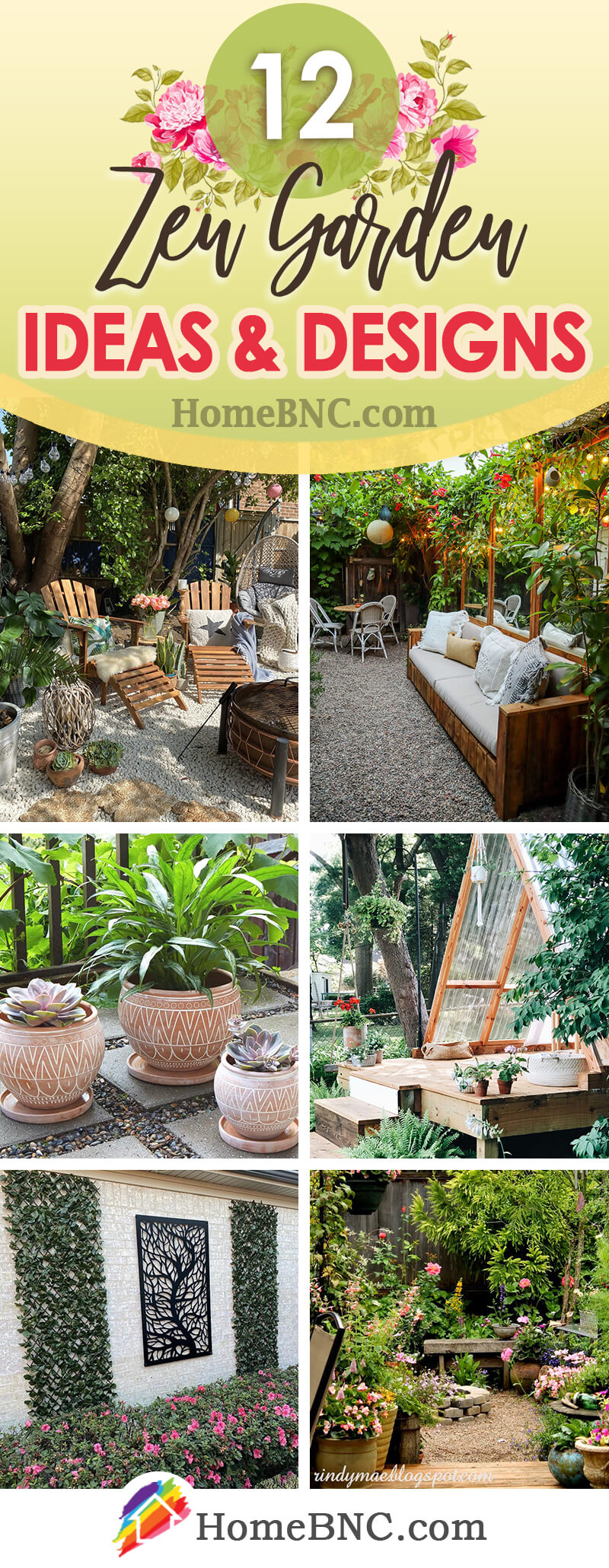
Creating Serenity: The Essence of Zen Garden Design
Embarking on the journey of designing a Zen garden involves cultivating an atmosphere of tranquility and mindfulness. These serene spaces, inspired by Japanese aesthetics, provide an oasis of calm amidst the hustle and bustle of daily life. Explore the key elements and principles that contribute to the essence of Zen garden design.
Minimalism in Design: Embracing Simplicity
At the heart of Zen garden design lies the principle of minimalism. Stripping away unnecessary elements, a Zen garden focuses on simplicity and essential features. Clean lines, uncluttered spaces, and a mindful selection of elements contribute to an environment where each component serves a purpose, creating a sense of harmony.
Balance and Harmony: Nature’s Influence
Zen gardens draw inspiration from the natural world, seeking to replicate the balance and harmony found in nature. Carefully arranged rocks, raked gravel or sand, and precisely placed plants symbolize the elements of mountains, rivers, and forests. Achieving a harmonious equilibrium within the garden is central to the Zen philosophy.
Rocks and Gravel: Symbolism in Form
Rocks and gravel are fundamental elements in Zen garden design, each carrying symbolic significance. Rocks represent mountains, enduring and solid, while gravel or sand symbolizes water, fluid and ever-changing. The meticulous arrangement of these elements reflects a contemplative aesthetic, inviting meditation and mindfulness.
Moss and Greenery: Invoking Tranquility
Introducing moss and carefully selected greenery adds a touch of life to the Zen garden. Moss-covered ground and well-pruned shrubs contribute to the overall tranquility. The color green, associated with renewal and calmness, infuses the space with a sense of serenity, connecting the garden to the essence of nature.
Water Features: Symbol of Flowing Energy
Incorporating water features, such as small ponds or flowing fountains, introduces the element of water into the Zen garden. Water symbolizes the flow of energy and life. Its gentle sound fosters a calming atmosphere, and the reflections on the water’s surface add depth and visual interest to the garden.
Stone Lanterns and Ornaments: Symbolic Illumination
Stone lanterns and ornaments serve both functional and symbolic purposes in Zen gardens. They provide subtle illumination, allowing the garden to be enjoyed during the evening, and their placement is often deliberate, representing enlightenment and spiritual presence.
Paths and Bridges: Guiding Mindful Movement
Zen gardens often feature carefully designed paths and bridges, guiding visitors through the space with intention. These pathways encourage slow, mindful movement, allowing individuals to fully experience the garden’s beauty. Crossing bridges or following winding paths becomes a meditative journey within the serene landscape.
Pruning and Maintenance: Cultivating Discipline
Maintaining a Zen garden involves disciplined pruning and meticulous care. Every element is groomed to perfection, reflecting the Japanese principles of precision and attention to detail. This disciplined approach not only ensures the garden’s aesthetic appeal but also encourages a sense of order and mindfulness.
In the pursuit of creating your own tranquil oasis, explore inspiration and guidance at ZenGardenDesign.com. This platform offers valuable insights into the principles of Zen garden design, providing a wealth of ideas and resources for those seeking to bring serenity and mindfulness into their outdoor spaces. From minimalist concepts to practical tips, the website serves as a guide for transforming your garden into a haven of peace and contemplation.



